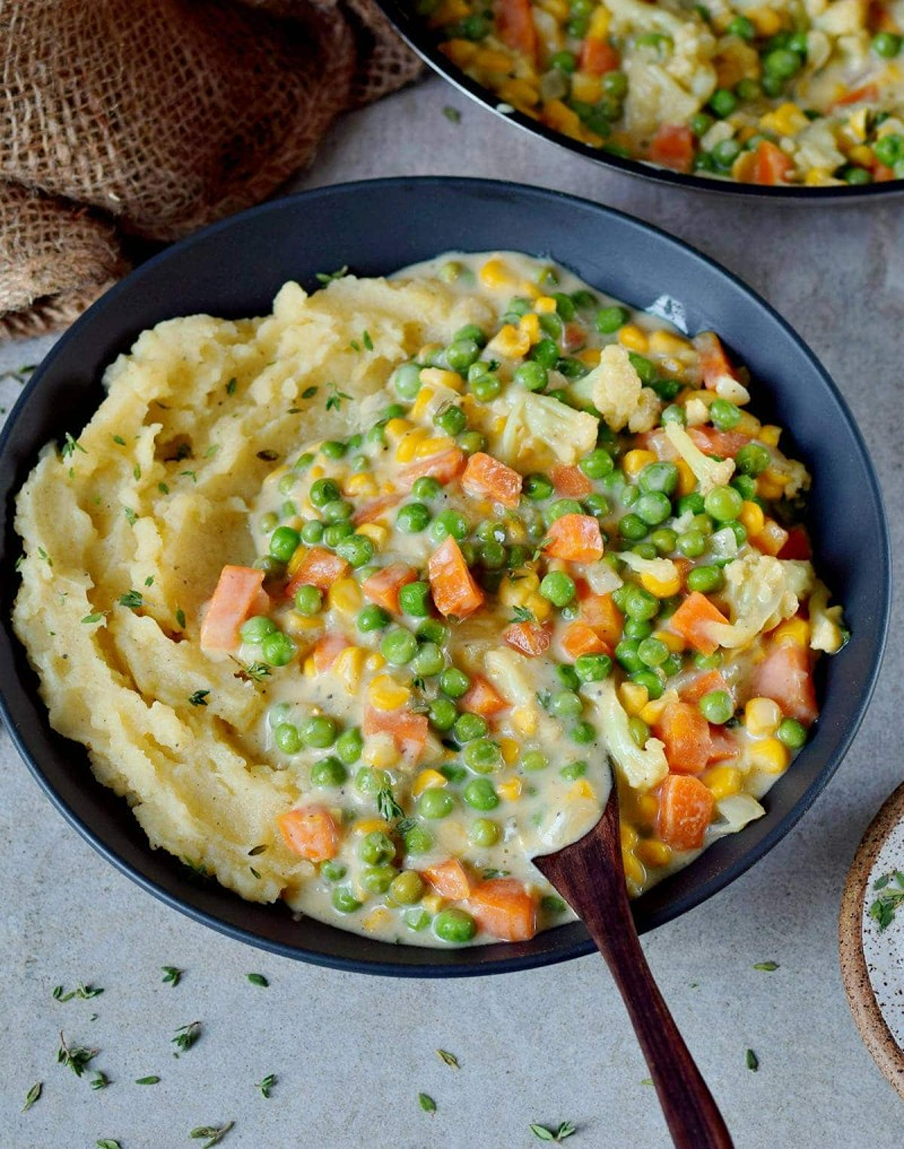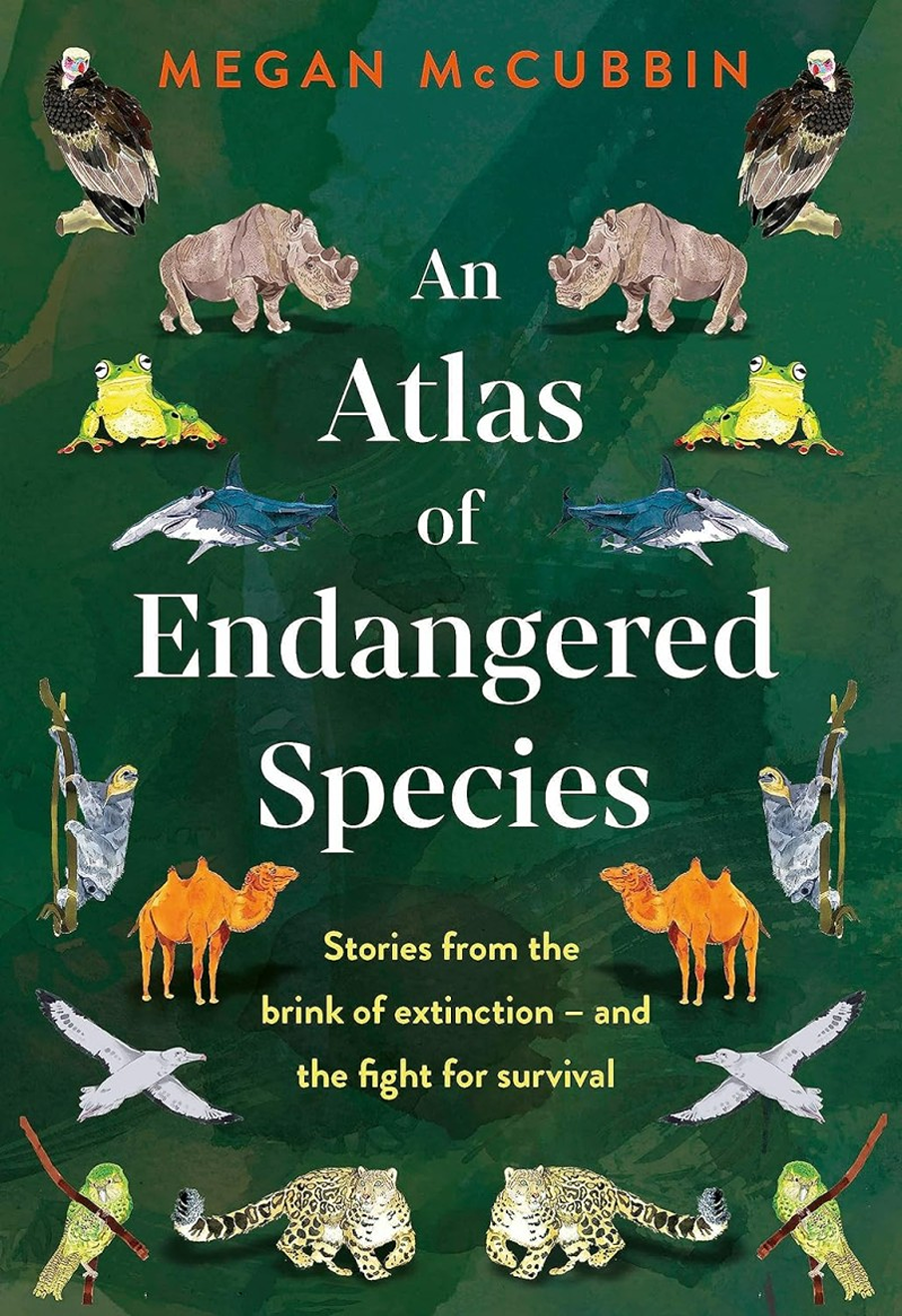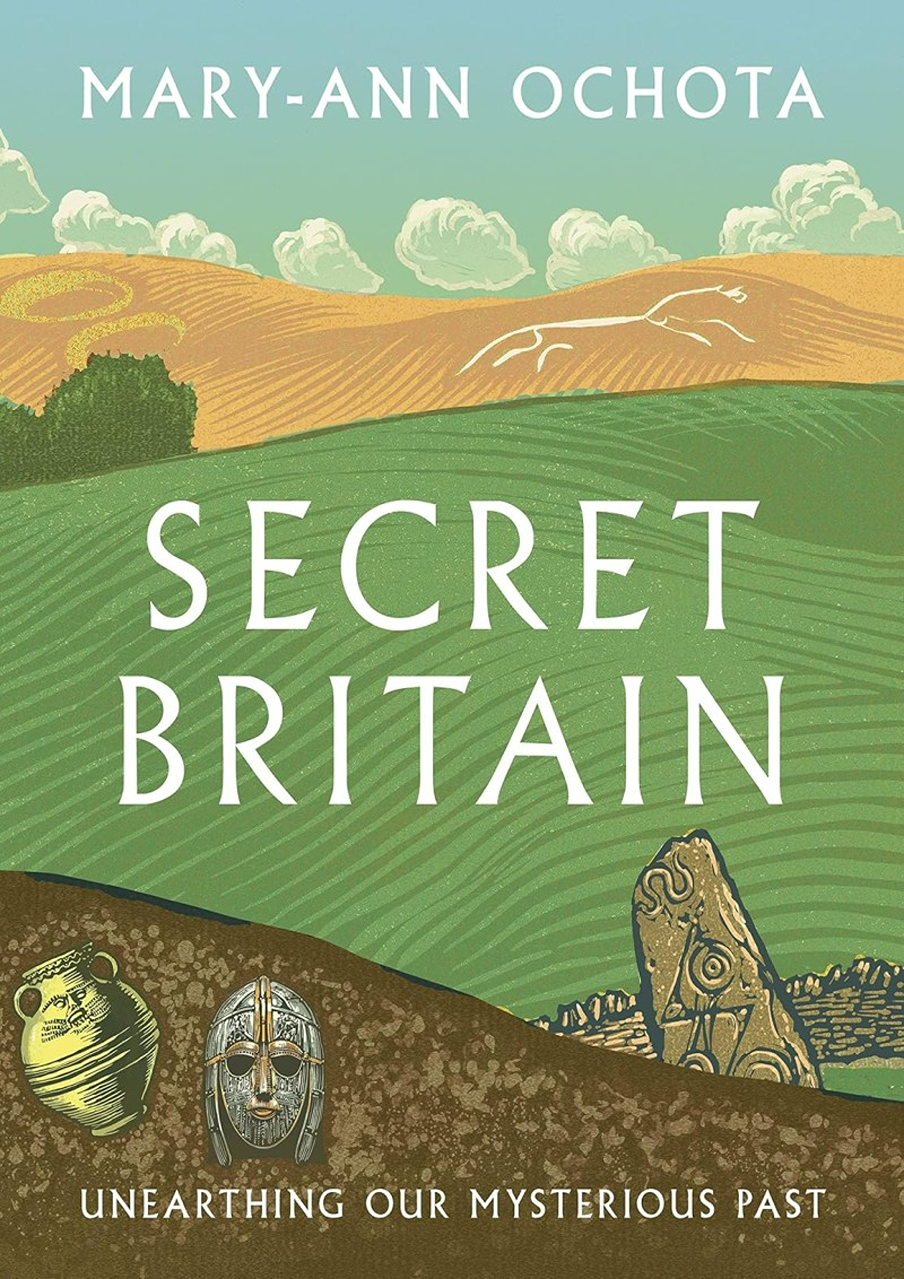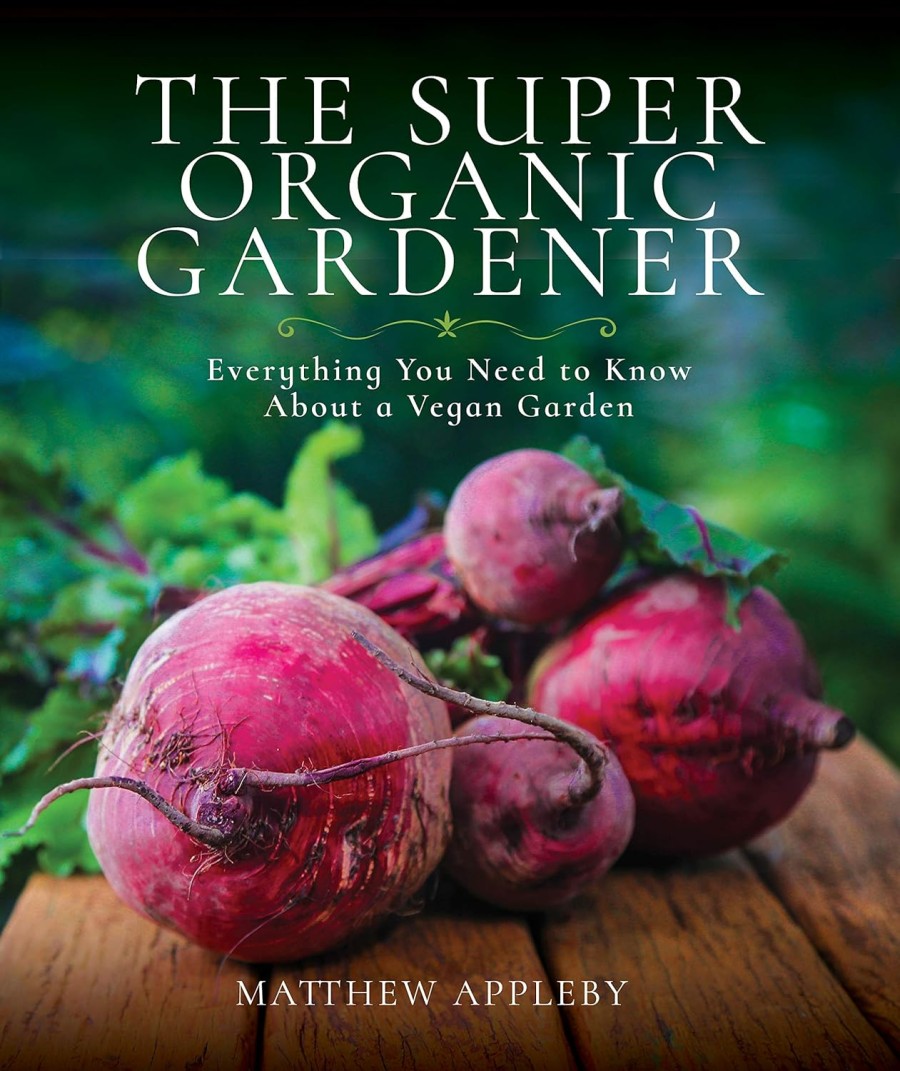
To grow your own organic food is a nice way to empower yourself from supermarkets and save money. No-dig gardening is better for your back, but it means no garden forks or spades accidentally harming creatures like earthworms or baby stag beetles (big grubs in soil). Learn more on how to landscape your garden naturally.
The Super Organic Gardener shows how to grow food without bone meal or fish meal. Learn of the environmental and animal welfare issues of traditional gardening, then learn how to be a super organic gardener! You’ll learn how to make natural fertiliser and compost, and share your plot with wildlife.
Keep fresh compost away from pets. Make your garden safe for pets (stay away from fresh compost and some foods like mushrooms, fruit pips/seeds) and use humane ways to prevent slugs/snails. Avoid netting (traps wildlife – apply fruit protection bags (after pollination). Never face indoor foliage to gardens, to help stop birds flying into windows.
Raised beds are a good idea as you can grow in weed-free peat-free compost, for peaceful politics in action! For larger community gardens and allotments, Marmax Products sells good raised bed kits, made from recycled plastic. They have a 25-year guarantee as they won’t rot, corrode or splinter.
Vertical Gardening offers low-cost and sustainable DIY projects, from wooden pots and burlap sacks to privacy screens and foldable storage. Includes tips for gardens with limited light.
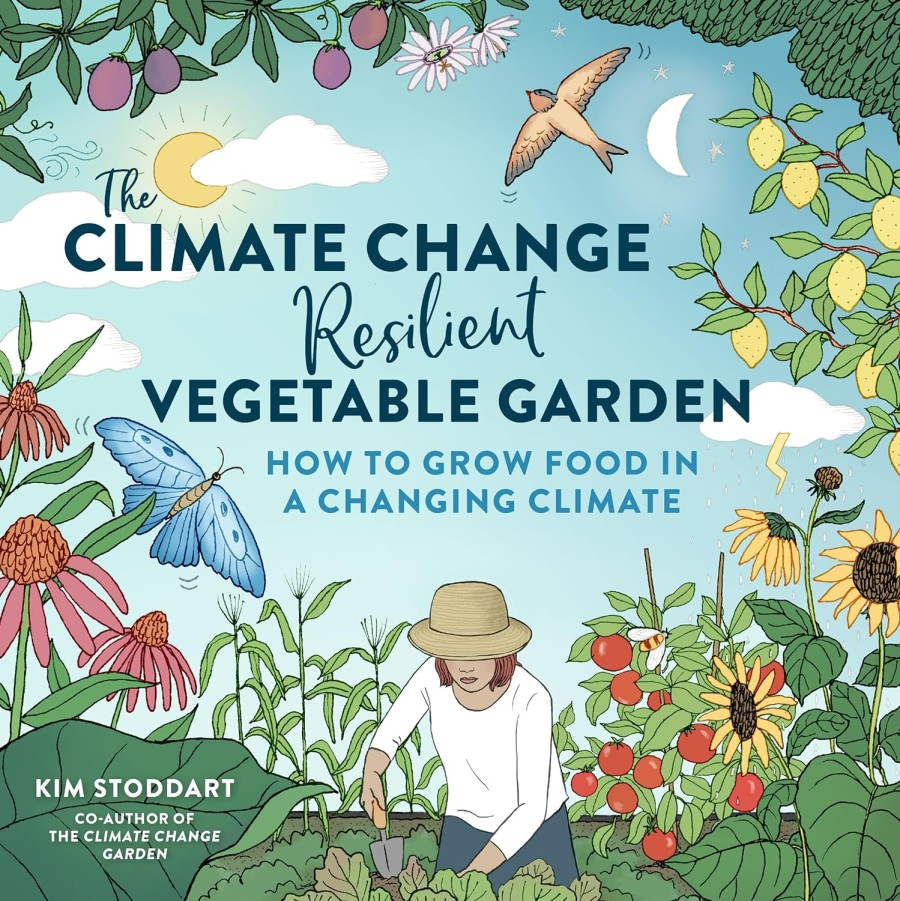
The Climate Change Resilient Gardener is a beautifully illustrated guide to grow your food, even in the face of rising temperatures, floods and storms. Grow seasonal veggies for local conditions, create bioswales & rain gardens and protect crops with windbreaks, cold frames & mini-hoop tunnels.
how to store your garden produce
How to Store Your Garden Produce is a nice little A to Z guide of how to store anything you grow. Most produce harvests at the same time, and with this book, you can feed yourself and your family for a year, from less than 1 acre of land, by knowing how to preserve everything that you grow. From making cider and pickling gherkins to stringing onions and drying your own apple rings.

The Layered Edible Garden shows how to grow food the way that nature does, in different layers, akin to permaculture techniques. Say goodbye to long straight rows of plants lined up and waiting for attack, and say hello to an interplanted polyculture paradise, that outcompetes weeds and grow beautifully together. By including edible plants from 8 layers (trees, sub-canopy trees, shrubs, vines, perennials, annuals, ground covers and edible roots), you build a mini ‘food forest’ to produce food for years to come that requires less work and fewer resources.


